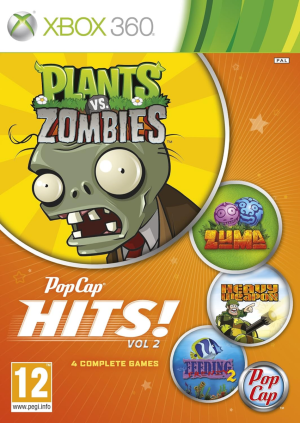Spec Ops: The Line (Normal Download Link)
An ad will pop up before the download. Close it, click download again—ads keep us going, thanks!
| Filename | Size | Type |
|---|---|---|
| Spec Ops - The Line (Europe) (En,De,It) | 7.9 GiB | Redump |
| Spec Ops - The Line (USA, Europe) (En,Ja,Fr,De,Es,It) | 7.9 GiB | Redump |






